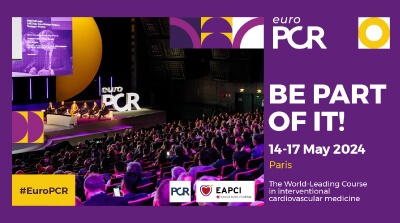Coronary revascularization aims at improving coronary flow. However, after successful percutaneous coronary intervention (PCI) a significant number of patients might experience suboptimal coronary physiology. It has been observed that low fractional flow reserve (FFR) after PCI is associated to poor prognosis. Also, improved FFR after procedure directly correlates with improved angina symptoms.

Pullback pressure during PCI can identify different CAD patterns. Studies have suggested that PCI might be more effective in focal coronary artery lesions defined by their physiology. Pullback pressure gradient (PPG) is used to standardize these patterns by classifying them into diffuse patterns (PPG=0.28), combined coronary artery disease (PPG=0.45) and focal PPG (PPG=0.86).
The main goal of this study was to assess PPG to predict FFR post PCI and analyze its impact on procedural outcomes. A single arm multicenter study was carried out including stable patients with positive FFR programed for treatment. The study excluded patients with bifurcation lesions, severe coronary artery tortuosity, aorto-ostial coronary lesions and recent MI.
In total, 993 patients were included, mean age 67.7, and 76% men. 89% presented stable angina. It was found that post PCI FFR was significantly higher in patients with focal CAD vs. patients with diffuse disease (0.89 vs 0.84 respectively, p<0.001). The area under the curve was 0.82 (CI95% 0.79-0.84).
Read also: EuroPCR 2024 | OBSERVANT II: TAVR in the “Real World”.
Focal CAD was associated with lower incidence of target vessel failure, cardiac death and MI. Also PPG prior intervention predicted post PCI FFR. Periprocedural MI were less frequent in patients with focal CAD.
In conclusion, the authors suggest PPG can have additional clinical value to FFR in decision making when treating CAD.

Dr. Omar Tupayachi.
Member of the Editorial Board of SOLACI.org.
Reference: Presented by Carlos Collet at Late-Breaking Clinical Trials, EuroPCR 2024, May 14-17, Paris, France.
Subscribe to our weekly newsletter
Get the latest scientific articles on interventional cardiology





